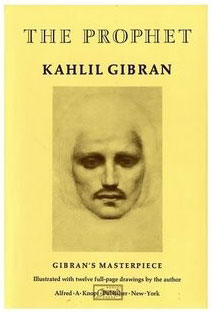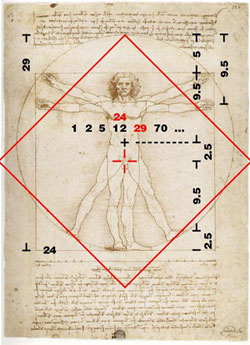Happiness, in Three Lines

Science has pretty much learned about what makes the human heart sing. And, like most of us know, wealth, youth, a good education, and watching TV do not always pave the road to happiness. Among the many things that ring our inner chimes such as religious faith, family and friends, liking the life you have, learning to forgive -- to name a few examples, I can vouch for the effectiveness of savoring small pleasures and wonders. In my case, I get a big lift, regular doses of it, from the simple endeavor of haiku appreciation.
Haiku is a Japanese poetry form, its most popular short form in fact, with three lines, the first and third lines with five syllables, the second with seven. As written in Nihongo, this is its 17-syllable rhythm (but no rhyme). Haikus are set in nature, characterized by simplicity of language, directness of communication, the absence of the narrator; include a "season-word" or kigo which indicates in which season the haiku is set, and untitled. Simile, alliteration, metaphor, personification, intellectualization, and other such devices often used in other poetry forms are absent. An example: (For the full write up click here.)
The Profit

...In one of these rooms I happened to pick up a small volume titled "The Prophet" by Kahlil Gibran, a Lebanese-American artist, philosopher, and writer. I can still vividly remember I was able to read all of it in one sitting, not even half a day, but it took me many more re-readings over the course of several months to digest it (I had by then bought my own copy). Over a span of several decades I have recommended it to friends, got in the favor of a girl who similarly liked it by giving her a copy (she gave me a Benoit album in return), lent my copy and not have it returned, bought a few more copies to give away to friends, downloaded a copy from the internet when the bookstores ran out of stock (look for it under "Philosophy"), and, just last week, bought my nth copy which I vowed not to lose, lend, or give away again. In short, I have kept on re-reading it: in bed, on a plane, in a forest, by the beach (many times), sitting on a boulder on top of a hill, in the john (fittingly, as it is a place which encourages deep thought) . . . everywhere except on the kitchen sink. (For the full write up click here.)
Buy Design

My interest in body proportions is mainly due to their practical value. For instance, in general, the distance from one’s elbow to the wrist (that is, the length of the forearm) is the length of one’s foot. Shopping for shoes, I do not have to bend one leg to bring one foot up and look down to see if the potential shoe of choice would fit. I only have to set the shoe against my forearm and when it’s the same length, the pair will, and do, fit me. The price tag is , of course, a different story. The hand too, when clinched, is related to the foot: the circumference of the former is the same as the length of the latter. When buying socks, wrap the “foot” of the item around your fist and when the edge of the heel just touches the tip of the toe, the pair of socks will fit. The distance around one’s neck (circumference) is generally equal to one-half the circumference of the waist. When checking out a pair of pants, I simply wrap the waist around my neck and when one end touches the other – add to cart. A gap means the article is small and an overlap means a belt has to go with it. (For the full write up click here.)
